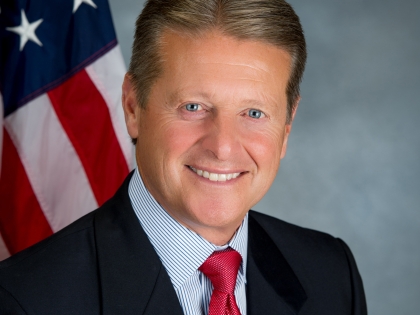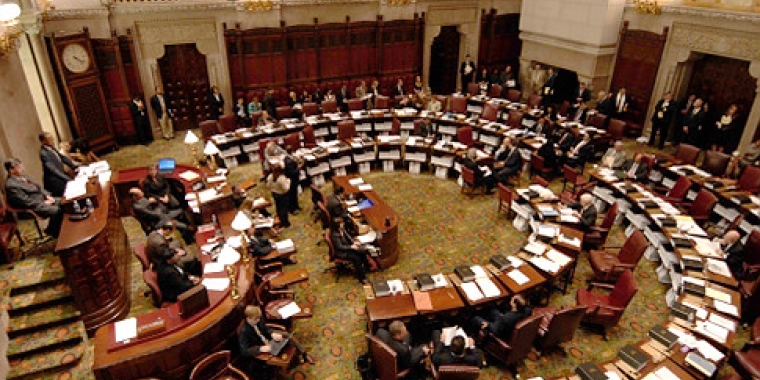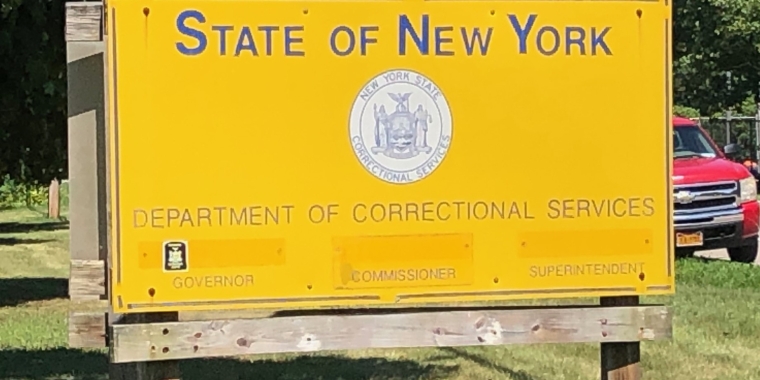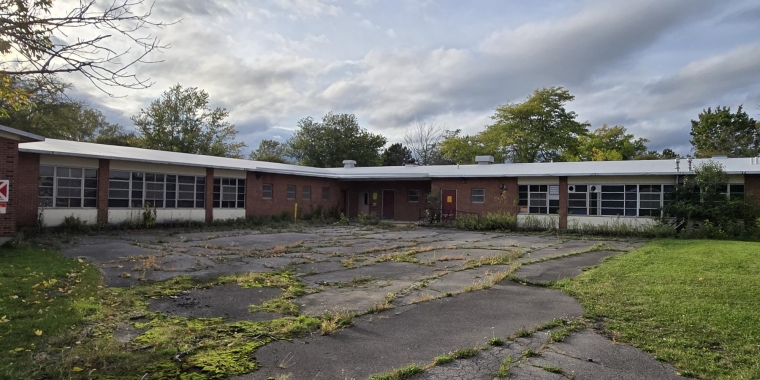
Buffalo News: Surplus could close $39 million Thruway gap

Toll hike seems unlikely as officials meet to see if state windfall can solve agency budget deficit
on December 16, 2014 - 7:24 PM
, updated December 17, 2014 at 6:37 AM
How to fill a budget gap big enough to drive tandem tractor-trailer through will dominate the Thruway Authority’s meeting in Albany on Friday.
Although a toll increase appears unlikely for the moment, Thruway officials and legislators alike acknowledge that they must find a way to tackle a projected $39 million deficit for 2015.
Raising tolls is always on the table, they say, but so are unique approaches including a direct state subsidy or even an “infrastructure bank” to finance capital projects, taking advantage of the state’s projected surplus of $4.8 billion, a result of $5.1 billion in settlements from eight financial lawsuits.
Faced with new costs throughout the 571-mile system, as well as with running 525 miles of canals and the $4 billion price tag for a new Tappan Zee Bridge across the lower Hudson River, the road’s managers on Friday will address their most challenging deficit ever – but only on paper. They are expected to approve a balanced budget relying on revenues still to be identified, certain that the needed $39 million will come.
“Right now, to say there will be no toll hike – I couldn’t say that,” said authority Vice Chairwoman Donna J. Luh of Depew, who will lead the Friday meeting following the recent resignation of Chairman Howard P. Milstein.
But Luh and others emphasize that every effort will be made to avoid the first toll increase since 2010. As the main reason for optimism, they point to the hefty surplus delighting budget-makers.
Gov. Andrew M. Cuomo is also expressing interest in new ways of addressing Thruway costs, leaving open the possibility of more direct state involvement during remarks to reporters Monday.
“(The Thruway) has separate financial integrity, and it has bonds outstanding, and you have to maintain the financial integrity to maintain the bond rating,” Cuomo said, “but if you don’t want to increase the tolls, the government can subsidize the rate.”
And in October, he formally proposed the concept of an infrastructure bank.
“Seeded with potential revenue sources such as bank settlements or other onetime cash infusions, the infrastructure bank will be a new financing and project management vehicle empowered to deploy alternative project delivery methods,” the Governor’s Office said in a news release. In the process, the bank also would “leverage private investment to deliver large-scale, complex, strategic infrastructure projects vital to the state’s future success.”
Local state legislators who follow the Thruway situation expressed similar optimism over using at least part of the new state dollars for an endowment fund for major capital needs.
“Often, we have creative solutions and no way to finance them,” said Assemblyman Sean M. Ryan, D-Buffalo. “This year, we have the luxury of being able to finance them.”
Ryan called the infrastructure bank a “live idea” that will probably face stiff competition from other sources seeking to use the surplus. But he also said Albany’s regular government – apart from authorities such as the one running the Thruway – can tackle the situation if necessary.
“The state can give operating money if needed,” he said. “And we have a surplus and want to avoid a toll increase. So we have something we can use to address this.”
The idea of such a fund, proponents say, is to offer significantly lower rates than commercial institutions for state entities that need to borrow for expensive capital projects.
The result would be multimillion-dollar savings in debt costs.
Similar views guide majority Republican senators, including Patrick M. Gallivan of Elma, who opposes a toll hike but wants to free the Thruway Authority from its approximately $80 million burden of also operating the state’s canal system.
“It makes much more sense to return it to the entire state budget and citizens across the state, as opposed to subsidizing it by users of the Thruway,” he said, cautioning against using any surplus funds for operations rather than capital needs.
Gallivan said he is open to the infrastructure bank proposal, but also raised concerns about the costs of a Tappan Zee project largely serving downstate commuters.
“I’m opposed to this being a one-shot revenue paying for the Tappan Zee Bridge as opposed to using it for their infrastructure improvements across the state,” he said.
Thruway officials counter that they expect that Tappan Zee costs will be covered by the bridge’s tolls, and that increases are rare – only one was enacted between 1988 and 2005.
But they emphasize that while they are addressing the authority’s biggest capital project ever at Tappan Zee, they are also launching unprecedented cost-cutting moves. They say that by 2016, the effort will reduce operating costs by 30 percent – $150 million – versus pre-2011 estimates.
The cost-cutting measures include:
• Laying off more than 200 Thruway workers last year, while others left via attrition.
• Transferring the cost of Troop T from the authority to the State Police for the first time since the Thruway opened in the mid-1950s.
• Reducing the long-range capital construction program by $375 million.
• Cutting operating costs by more than $200 million through layoffs, hiring controls and other measures.
• Refinancing outstanding debt, a move expected to yield $100 million in interest savings.
• And securing commitments for $100 million in federal transportation aid.
Thruway officials say they remain committed to a balanced budget to maintain the authority’s favorable credit rating, which is necessary for an entity that needs to borrow billions for capital projects. The action expected riday, they say, will emphasize to Wall Street that the budget will eventually be balanced – one way or another.
Ryan, meanwhile, said options besides a toll increase to fill the budget gap offer strong possibilities in a year with a rare general state budget surplus.
“We are not looking to any substantial toll hike,” he said, pointing to the alternatives. “There’s money and a will.”
email: rmccarthy@buffnews.com
http://www.buffalonews.com/city-region/state/surplus-could-close-39-million-thruway-gap-20141216



